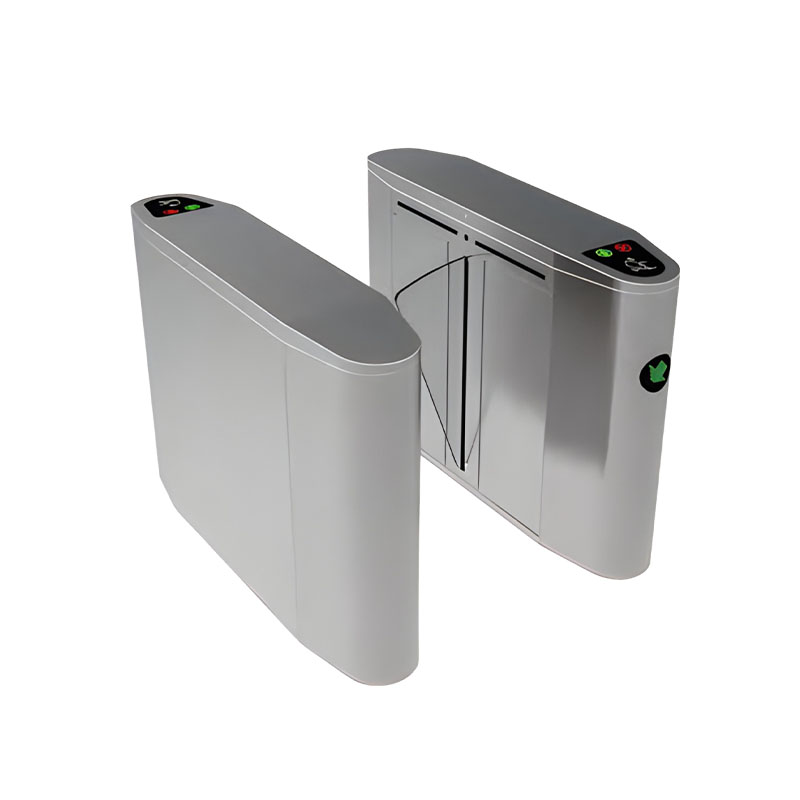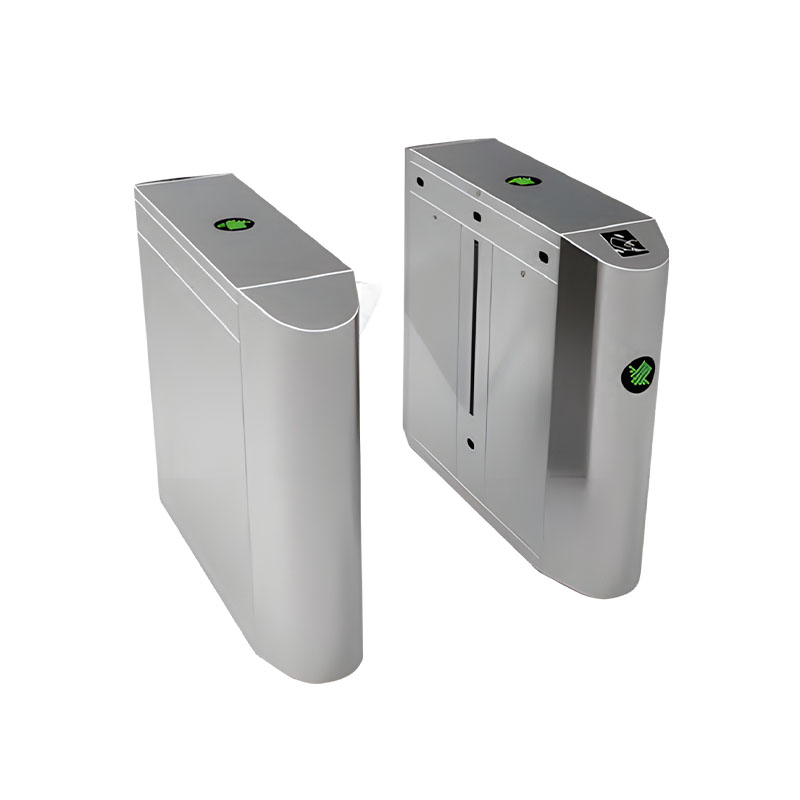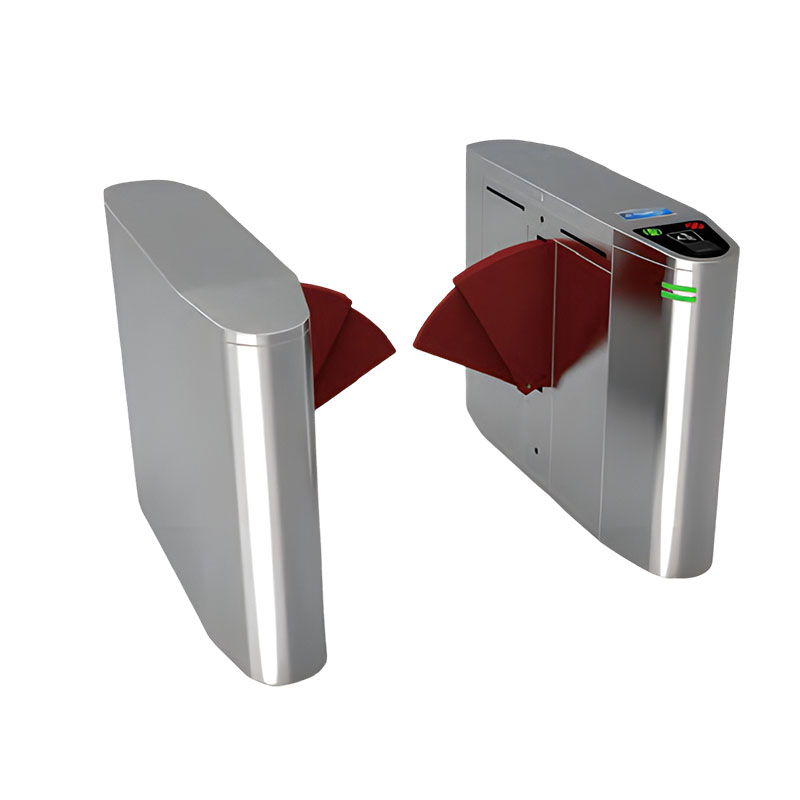Can the anti-pinch design of the pedestrian access gate effectively avoid accidental collisions during passage?
Release Time : 2025-07-24
The anti-pinch design of the pedestrian access gate can detect abnormal conditions in time through sensitive sensing devices. These sensing devices are usually distributed in key locations such as the edges and columns of the gate machine, and can sense the approach of human bodies or objects. When someone accidentally extends his hands, feet or personal belongings near the gate during the closing process of the gate machine, the sensing device will quickly capture the signal and immediately send a command to stop the gate machine from closing to prevent the gate from continuing to move and causing a collision. This real-time sensing capability allows the anti-pinch design to respond before the collision occurs, reducing the possibility of accidents from the source.
The choice of gate material for the gate machine also provides a basic guarantee for the anti-pinch design. The gates of most pedestrian access gates are made of materials with a certain degree of elasticity. Even if the sensing device fails to respond in time, when the gate comes into slight contact with the human body, it will deform due to its own elasticity, reducing the impact force during the collision. The buffering effect of this material can reduce the damage caused by the collision, such as avoiding abrasions or crushing injuries that may be caused by hard materials, so that even if an accidental collision occurs, it can be kept at a relatively mild level, improving the safety of passage.
The buffer mechanism in the anti-pinch design can provide gentle power control during the movement of the gate. The drive system of the gate machine will adjust the operating speed according to the sensing signal. When a possible collision is detected, the gate will change from the normal closing speed to a slow deceleration until it stops. This progressive braking method avoids the inertial impact that may be caused by the sudden stop of the gate, and also gives passers-by enough time to retract their body parts or items, reducing the risk of collision caused by the rapid movement of the gate, especially for the elderly or children with slow reaction speed.
The full coverage of the anti-pinch design ensures safety in different traffic scenarios. In addition to the common gate edge, some pedestrian access gates also add sensing points at the top and bottom to deal with the collisions that passers-by of different heights and different items may encounter. For example, when people carrying large luggage pass through, the sensor at the bottom can detect the presence of the luggage to prevent the luggage from being clamped when the gate closes; when children pass through, the sensor at the top can adapt to their height to avoid collisions caused by sensing blind spots, so that anti-pinch protection does not miss any corners.
The anti-pinch design maintains a continuous monitoring state throughout the process of the gate opening and closing. From the moment the passerby approaches the gate, the sensing system enters the working state until the passerby completely passes through and the gate is closed, and there will be no monitoring interruption throughout the process. This continuity ensures that even if the passerby pauses, turns around, and other actions in the gate, the anti-pinch design can respond in time to avoid collisions caused by slow movements or hesitation. For example, if someone suddenly stops in the gate to organize items, the gate will remain open and will not be forced to close to cause a collision.
The anti-pinch design also takes into account the passage needs of special groups of people and improves the protection effect through adaptive adjustments. For people with limited mobility, the anti-pinch system of the gate will extend the sensing time, giving them more time to pass through and avoid being hit by the gate due to slow passage speed; for those carrying special items such as strollers and wheelchairs, the anti-pinch design can identify larger objects and keep the gate open until they are completely passed, preventing these items from being clamped by the gate during the passage process, ensuring the safety and smoothness of the passage of special groups.
The overall structural design of the gate machine and the anti-pinch function form a synergy to further reduce the risk of collision. The channel width of the gate machine has been optimized to meet normal traffic needs without increasing the probability of collision due to being too narrow; the movement trajectory of the gate plate is designed to be smooth and fluent to avoid abrupt turns or swings, reducing the possibility of scratches with passers-by. This combination of structure and function allows the anti-pinch design to not only rely on induction and braking, but also fundamentally reduce the chance of collision through reasonable spatial layout, making the passage process safer and more reliable.







